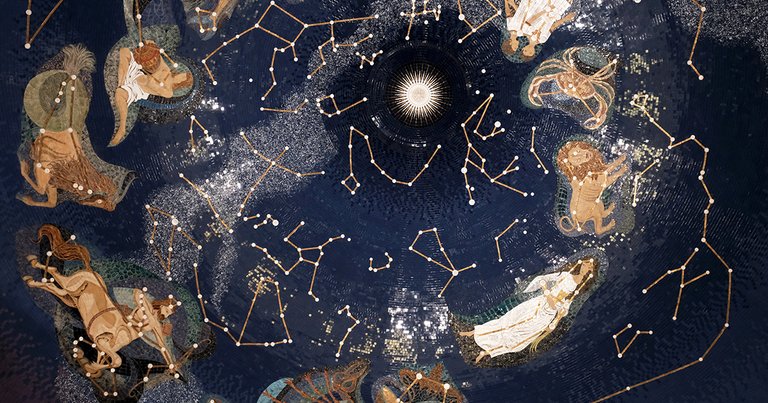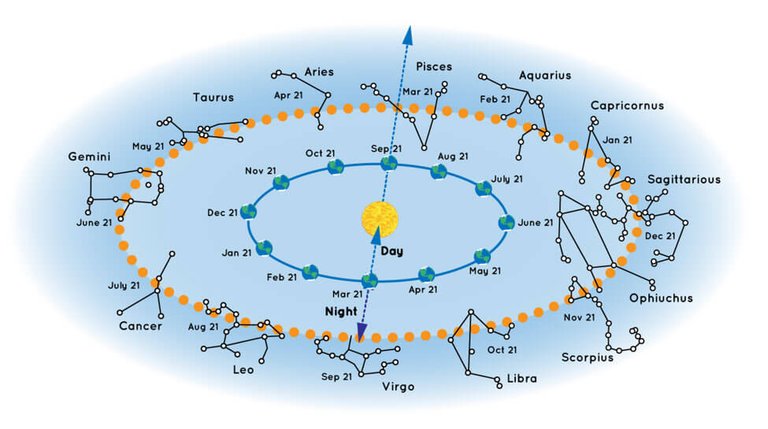Past Friends From The Sky - Constellations

Constellations are patterns formed by stars in the night sky, which appear to trace figures when viewed from Earth. Although they appear close together, the stars in a constellation can be at varying distances, and the connection between them is more a matter of visual perspective. Anciently, constellations were used for orientation, navigation, and to mark times of the year, such as the changing seasons.
As we know, Indigenous peoples around the world—from Egypt to the Americas—have always used the stars as a sort of weather calendar and as a compass for orientation. Typically associated with tribal rituals, indigenous constellations were fundamental to the survival of different ethnic groups.

Among the best-known constellations are:
The main constellation of the Southern Hemisphere, the Southern Cross, also called Crux, has always been observed by people in this hemisphere, as it is an excellent clock—the lines formed by its stars Rubídia and Magellanicus (its longest arm) rotate around the pole in approximately 24 hours.
In the Northern Hemisphere, the main constellation is Ursa Major, located near the north celestial pole. This is the third largest constellation, and its stars are intensely bright and easily identifiable.
The study of constellations has been carried out since ancient times and is of great importance for the formulation of astronomical theories and the development of agriculture. Today, this approach helps identify directions in the universe and characterize the sky.

In general, constellations are classified according to their position in the celestial vault, as follows:
Boreal: These are the constellations located in the northern celestial hemisphere, such as Ursa Major, Cassiopeia, and Andromeda;
Austral: These are those located in the southern celestial hemisphere, such as Centaurus and Pavo;
Zodiacal: Located along the Sun's ecliptic: Aries, Taurus, Gemini, Cancer, Leo, Virgo, Libra, Scorpio, Sagittarius, Capricorn, Aquarius, and Pisces;
Equatorial: These are the constellations located along the celestial equator, such as Canis Minor, Canis Major, and Aquila.
Their names reveal how much these constellations influenced the lives of ancient peoples, representing aspects of their lives such as myths, creatures, and deities. The stars, for them, told stories while simultaneously guiding their lives and dictating their future. Today, they tell us the past, they are the basis for our current astronomy and the constant improvement in our understanding of the universe. From amateur astronomers, professionals, to those just beginning to admire the heavens, everyone is able to see the sky and contribute to our understanding of it, where we come from, and who we are—undeniably.

